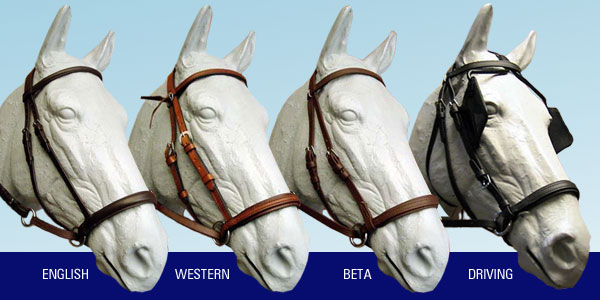365 Days in Horse Country – Bitless Bridles

Horses have been ridden for hundreds of years, but a
recent trend in bitless riding is questioning this age-old method of controlling
a horse. All part of the move toward “natural”
horsemanship, bitless riding is reported to be more humane for the horse than
wearing a bit.
Bitless bridles work by putting pressure on different area of a horse’s head, instead of relying on pressure inside the mouth. Depending on the design of the bridle, pressure is applied to the poll (the area just behind the horse’s ears), nose, and/or chin. Bits, on the other hand, put the majority of pressure on the bars of the horse’s mouth. Critics say that bits cause pain to the horses no matter how mild the bit is reported to be. They also hamper the horse’s ability to eat and drink, which is often an issue for people who spend a long amount of time riding on the trail.
Bitless bridles come in a variety of designs, The most commonly seen are hackamores, which are Western bridles that work by applying pressure to the bridge of the horse’s nose and the chin, without the use of a bit. The bosal is the mildest of these types of bridles, while the mechanical hackamore can be very severe in the wrong hands.
Newer bitless bridles are designed to be mild and to operate with gentle pressure instead of a harsh sensation. Proponents claim that any horse can be ridden in one of these bridles, although a horse must be fairly well trained to be responsive to the most subtle pressure, especially if that horse is normally ridden with a severe bit. Horses that are used to being ridden in harsh bits often need retraining with bitlless bridles before they are completely reliable.
Michael







